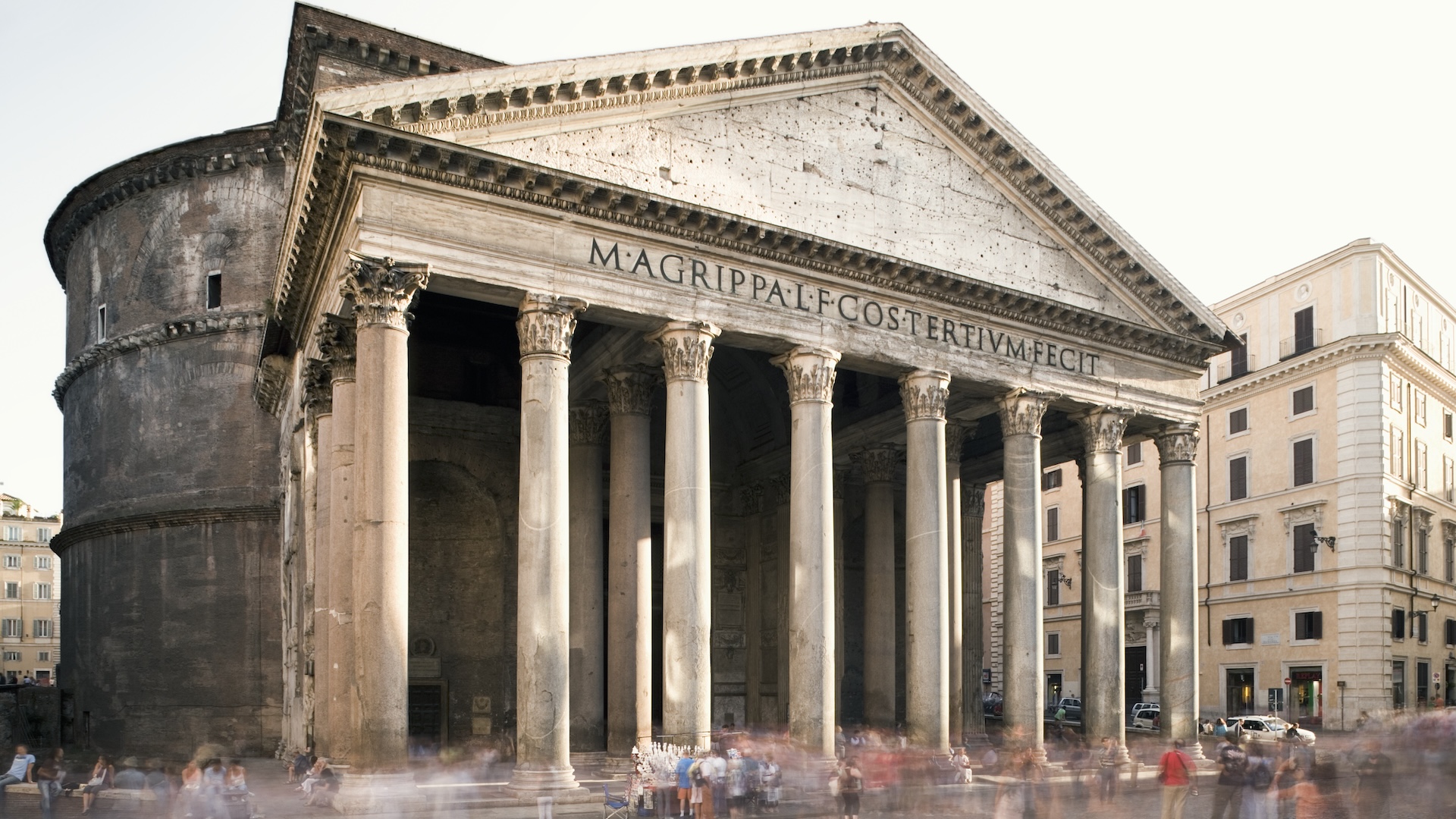When you buy through link on our site , we may earn an affiliate commission . Here ’s how it works .
When amateur treasure Orion discovered 107 ancient Roman Catholic coins on the depository financial institution of a river in the Netherlands at the death of 2017 , they had no estimation why the coins were there . Now archaeologist have crack the character .
In Romanic time , there was likely a shallow crossing know as a ford at this narrow part of the river , and superstitious travelers probably offered up coin to guarantee safe enactment across the waterway , like a wisher throwing a centime into a fountain , archaeologists write in areportreleased June 6 by the Cultural Heritage Agency of the Netherlands .

Some of the ancient Roman coins found by the Aa river in the Netherlands, following their discovery and an initial cleaning.
Many of the coin had military imagination , which may echo the earlier local practice of range war - related objects , such as axis , blade and helmet , along rivers and other stretches of water , say the account ’s co - investigator Liesbeth Claes , an assistant prof at Leiden University in the Netherlands . " This could be a pre - popish custom that continued in the Roman period but in a dissimilar mode , " Claessaid in a statement . derive that this drill persisted " was an important eureka moment in my academic career . "
Related : exposure : Roman - era silver jewellery and coins find in Scotland
Amateur archaeologists , brothers Nico and Wim van Schaijk , found the coins with alloy detectors along the Aa river in the settlement of Berlicum . The cache included four silver denarii and 103 bronze sesterces ( worth one - quarter of a denarius ) , as well as ax . After the van Schaijks reported the breakthrough to the Portable Antiquities of the Netherlands , an agency that catalogues artifacts incur in the country , archaeologists found a bronze pendant from a horse harness and two more papistic coins at the site , bringing the total to 109 coins . All of the coins were mint between 27 B.C. and A.D. 180 , while the pendant date to between A.D. 120 and 300 .

A heavily corroded coin found by the Aa river with an image of the Roman Emperor Titus.(Image credit: Wim van Schaijk)
The fact that these coins were n’t overly worthful ( there were n’t anygoldcoins , for illustration ) ; were scattered over a large area and not bury together in a " chest or amphora ; " and were coin over a period spanning over 200 years suggested that the coins were n’t hide out by one person or group as a single hoarded wealth trove , but were likely " deposited by unlike people over a long period , " Claes said .
During the squad ’s analysis of the land site , they discover a document date from 1832 that noted a way of life cutting across the river . " plain , there was a ford on this smear , where hoi polloi could wade through the river , " Claes pronounce . " Later , the fording fell into disuse . This selective information , together with the find of the coin , convince us that travelers in Roman metre brought offering here for a secure hybridizing . "
— Photos : Ancient ' Golden Horde ' city revealed

Archaeologists dug a trench alongside the Aa river in the Netherlands.(Image credit: Cultural Heritage Agency of the Netherlands)
— Photos : 2,000 - year - old Roman Catholic road and coins discovered in Israel
— icon : The largest stash of atomic number 79 coins discovered in Israel
Even though the river is n’t a rapidly flowing one , " For trader , in special , it was important to be capable to ravish their goods safely to the other side , " she enounce . " And there ’s also the fact that in ancient time , river always had some sacred connections , " which would support the surmise that the coin were offering .

Historian Liesbeth Claes and amateur treasure hunter Wim van Schaijk look at the corroded Roman coins.(Image credit: Tessa de Groot (T.de Groot&J.W.de Kort (ed.), A safe crossing: Research on a find of coins from the Roman period in the valley of the Aa near to Berlicum (in the municipality of Michielsgestel), Amersfoort 2021)
Archaeologists have yet to find concrete grounds of a ford from romish multiplication at the site . But they ’re hopeful that future excavation may unearth hint of its existence , they wrote in the report . What ’s more , although the team commended the amateurs for discovering the coin , going forwards " It is apprize not to allow metal detection in the advisory geographical zone , so that subsist coin and other metal finds are not aim out of context without an archaeological investigation , " they spell in the translated report .
Originally published on Live Science .

















